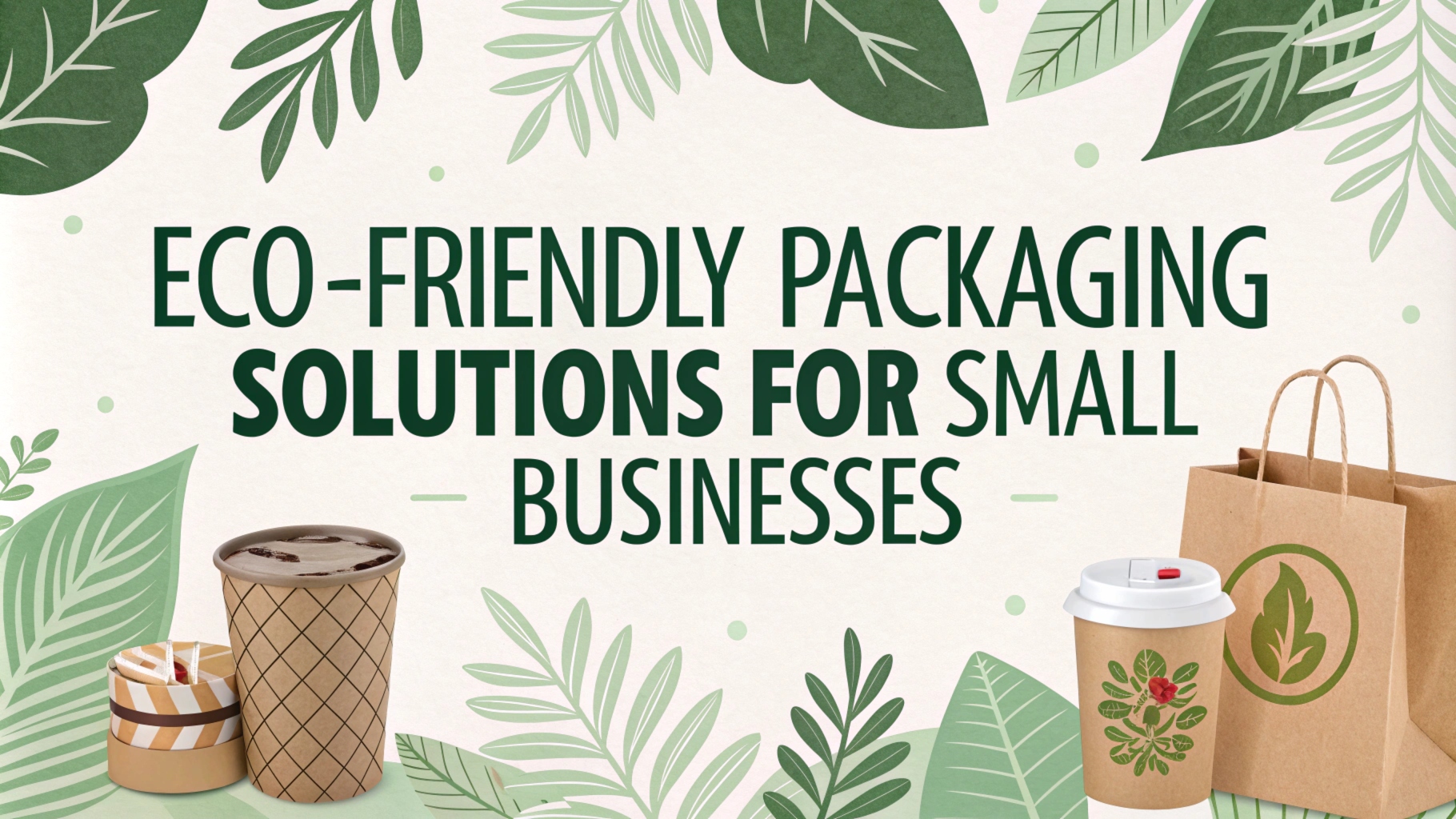In an era where sustainability is becoming a key factor in consumer decision-making, small businesses are increasingly seeking eco-friendly packaging solutions. Adopting sustainable packaging not only helps reduce environmental impact but also enhances brand reputation and customer loyalty. This article will explore various eco-friendly packaging options available for small businesses, the benefits of making the switch, and actionable steps to implement these solutions effectively.
Why Choose Eco-Friendly Packaging?
1. Environmental Responsibility
Traditional packaging materials, such as plastic and Styrofoam, contribute significantly to pollution and landfill waste. Eco-friendly packaging is designed to minimize environmental impact by using biodegradable, recyclable, or compostable materials. By making the switch, small businesses can play a vital role in reducing waste and conserving natural resources.
2. Consumer Demand
Today’s consumers are more environmentally conscious than ever. A recent survey showed that over 70% of consumers prefer brands that use sustainable packaging. By adopting eco-friendly packaging solutions, small businesses can attract a growing segment of eco-conscious customers and differentiate themselves in a competitive market.
3. Cost Savings
While some eco-friendly materials may have a higher initial cost, they can lead to long-term savings. Reduced waste disposal fees, potential tax incentives for sustainable practices, and increased customer loyalty can all contribute to a healthier bottom line.
Eco-Friendly Packaging Solutions
1. Biodegradable and Compostable Materials
Biodegradable and compostable packaging materials break down naturally over time, reducing landfill waste. These materials can be made from organic substances, such as cornstarch, mushroom mycelium, or plant fibers.
Examples:
- Biodegradable Bags: Made from materials like PLA (polylactic acid), these bags decompose faster than traditional plastic.
- Compostable Containers: Ideal for food packaging, these containers can be composted along with organic waste.
2. Recycled Paper and Cardboard
Using recycled paper and cardboard for packaging is a straightforward way to reduce your environmental impact. These materials can be recycled multiple times, conserving resources and energy.
Examples:
- Recycled Kraft Paper: This versatile paper can be used for wrapping, cushioning, or creating boxes.
- Cardboard Boxes: Opt for boxes made from recycled content, which can be easily recycled again after use.
3. Plant-Based Packaging
Plant-based packaging is made from renewable resources, such as corn, sugarcane, or bamboo. These materials are often biodegradable and can serve as a sustainable alternative to traditional plastic.
Examples:
- PLA Packaging: Made from fermented plant starch, PLA is commonly used for containers, cutlery, and food wraps.
- Bamboo Packaging: Bamboo is a fast-growing plant that can be used to create various packaging products, from boxes to utensils.
4. Reusable Packaging
Encouraging customers to return or reuse packaging can significantly reduce waste. Reusable packaging not only promotes sustainability but also enhances customer loyalty.
Examples:
- Glass Containers: Offer products in glass jars or bottles that customers can return for refills.
- Cloth Bags: Provide reusable cloth bags for purchases, which customers can use for future shopping.
5. Minimalist Packaging
Adopting minimalist packaging practices can reduce waste while still protecting your products. Focus on simple, functional designs that require fewer materials.
Examples:
- Simple Boxes: Use unbranded, sturdy boxes with minimal cushioning.
- No Packaging: For some products, consider going package-free and allowing customers to bring their own containers.
Tips for Transitioning to Eco-Friendly Packaging
1. Evaluate Your Current Packaging
Start by assessing your existing packaging materials and practices. Identify areas where you can make changes and set realistic goals for transitioning to eco-friendly options.
2. Research Suppliers
Look for suppliers that specialize in eco-friendly packaging solutions. Many companies now offer a range of sustainable materials, so you can find options that fit your budget and needs.
3. Educate Your Team
Ensure that your employees understand the importance of sustainable packaging and how to implement new practices effectively. Training sessions can help foster a culture of sustainability within your business.
4. Communicate with Customers
Let your customers know about your commitment to sustainability. Use your website, social media, and packaging to share your eco-friendly initiatives and encourage them to participate.
5. Monitor and Adjust
Regularly assess the effectiveness of your eco-friendly packaging solutions. Gather feedback from customers and employees, and be open to making adjustments as needed.
Adopting eco-friendly packaging solutions is a crucial step for small businesses looking to reduce their environmental impact and attract conscious consumers. From biodegradable materials to minimalist designs, there are numerous options available that can align with your brand values and goals. By making the switch to sustainable packaging, you not only contribute to a healthier planet but also enhance your brand’s reputation and customer loyalty.
At GreenFuture.sbs, we are committed to helping small businesses embrace sustainable practices. Our resources and expert guidance can assist you in finding the right eco-friendly packaging solutions tailored to your specific needs. Together, we can create a positive impact on the environment while fostering a community of responsible consumers. For more information and support on transitioning to eco-friendly packaging, visit GreenFuture.sbs and take the first step towards a sustainable future for your business.
